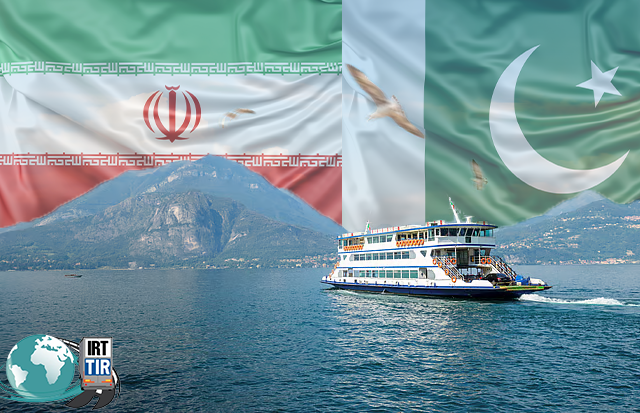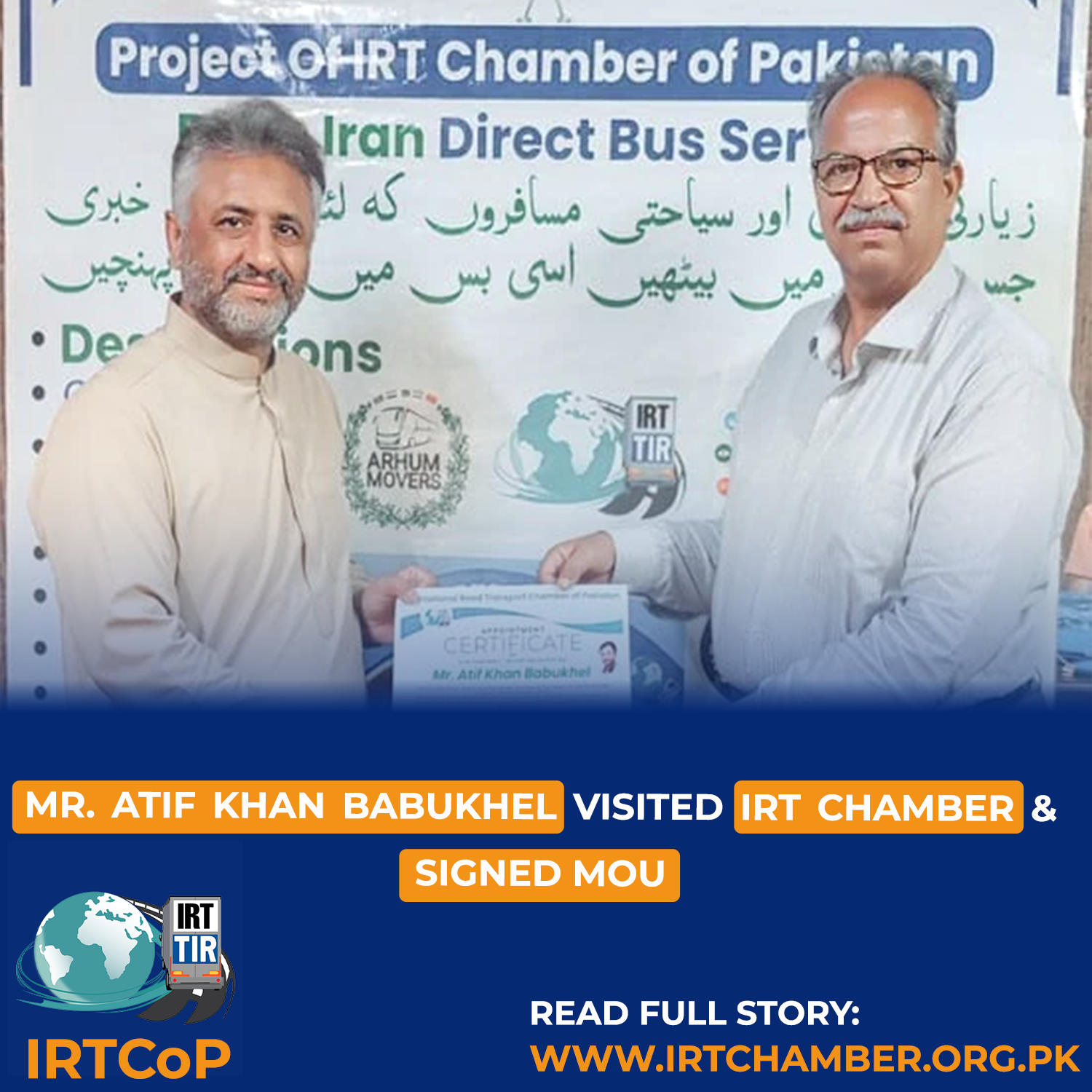In the tense geopolitical landscape of South Asia, military arsenals are often spotlighted — from advanced missiles to nuclear deterrents. However, the recent India-Pakistan confrontations have revealed a far more potent and less understood weapon: the power of narrative.
This invisible force has the ability to influence populations, sway international opinion, and escalate or de-escalate tensions faster than any missile can fly. In a region where history, identity, and politics are tightly interwoven, narratives are shaping realities — and sometimes, rewriting them.

Understanding the Modern Battlefield: Beyond Conventional Arms
When tensions rise between South Asian powers, global media is quick to focus on military capabilities — aircraft, submarines, or the dreaded nuclear arsenal. But an equally important battlefield is being contested online, in newsrooms, and across social platforms.
During the most recent stand-off, both nations engaged in rapid information dissemination through official statements, news channels, and social media campaigns. Each side sought to project strength, justification, and legitimacy. In doing so, the focus subtly shifted from ground actions to public perception and international narrative control.
This phenomenon isn’t new — but what’s alarming is the speed, scale, and emotional intensity at which these narratives now spread. A well-crafted tweet can evoke more public reaction than a press conference. A trending hashtag can reframe an entire international incident within hours.
Narrative as a Strategic Tool
Narratives are not just stories; they are carefully curated versions of truth designed to resonate with specific audiences. In South Asia, these narratives are grounded in decades of complex history, regional conflicts, and national pride.
Governments, media houses, think tanks, and influencers all play a role in shaping these stories. When used strategically, they:
Reinforce national unity during crises
Influence domestic and international public opinion
Justify state actions or policies
Undermine the credibility of the other side
But narratives can also polarize populations, misinform global audiences, and lead to heightened tensions that make diplomatic resolution more difficult.
Information vs. Misinformation: The Real Risk
What makes narrative the most dangerous weapon is its dual-edged nature. While it can unify, it can also divide. While it can inform, it can just as easily mislead.
In the age of social media, misinformation spreads rapidly. Fabricated videos, out-of-context images, and unverifiable reports often flood timelines within minutes of a confrontation. These not only misguide the public but also force governments into reactionary policies based on perceived public sentiment.
What’s more, misinformation isn’t always the product of foreign interference — it often originates from within national borders, crafted to rally domestic support or discredit dissenting views.
The Need for Media Responsibility and Regional Cooperation
The unchecked spread of aggressive narratives can lead to dangerous consequences. It’s critical that media institutions, journalists, and policymakers across South Asia recognize their role in promoting balanced, verified, and responsible communication.
Journalistic integrity must take precedence over ratings
Governments must avoid narrative escalation in sensitive times
Citizens should be encouraged to verify information before sharing
Regional cooperation in media literacy, conflict de-escalation frameworks, and information transparency could go a long way in reducing the risks of narrative warfare.
The Role of IRTCoP: Promoting Connectivity Amid Division
While narratives divide, trade and infrastructure can unite. That’s where the International Road Transport Chamber of Pakistan (IRTCoP) plays a vital role.
By promoting the TIR (Transports Internationaux Routiers) license framework, IRTCoP is helping Pakistan integrate more deeply into global and regional supply chains, enabling faster, safer, and more secure movement of goods across borders.
Through this system:
Trade becomes a peace-promoting tool
Economic interdependence reduces conflict incentives
Trust and transparency between countries improve over time
IRTCoP’s efforts in implementing the TIR system show that while narratives may create divides, connectivity can build bridges — both literal and metaphorical. In the long term, regional trade and cooperation might just be the antidote to narrative-driven division.
Conclusion
The most dangerous weapon in South Asia today isn’t a missile or warhead — it’s the story each nation tells itself and the world. In an era where information is instant and perception is powerful, managing narratives responsibly is no longer optional — it’s essential for peace.
As organizations like IRTCoP work to connect the region through trade and transport, there’s hope that economic collaboration will foster a more stable, united South Asia — one where facts rise above fear, and stories pave the road to peace.






